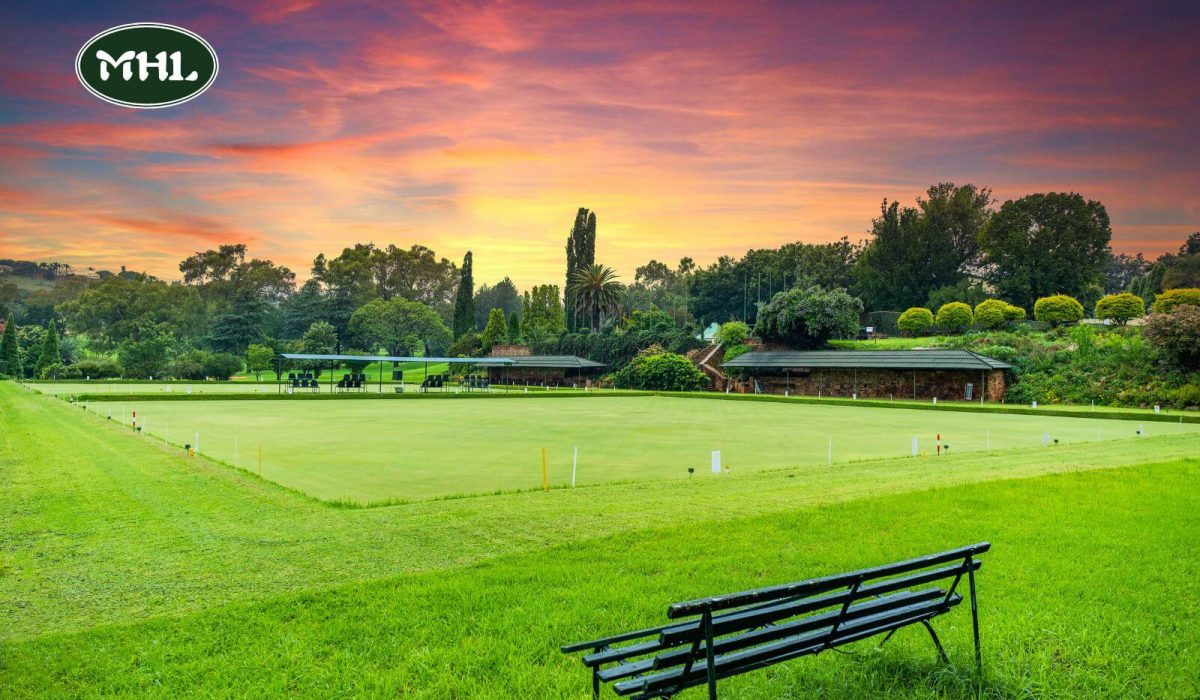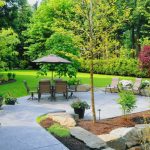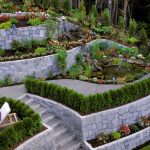New Lawn Installation – Easy Steps to Create a Vibrant Green Space for Your Garden
For many homeowners, having a beautiful and well-maintained lawn is a dream. However, selecting the right type of lawn can be challenging, as there are several options, each with its own advantages and disadvantages. Additionally, the installation process can be quite difficult.
In this blog post, we will explore various types of lawns—sod, seed, hydroseed, and artificial turf—and how to install lawn in your garden. By the end, you’ll have a better understanding of lawn installation and the options available to you.
What is lawn installation?
Lawn installation involves establishing a new lawn or replacing an existing one in a designated area. This process includes preparing the soil, selecting the right grass type, and installing the grass to create a lush and healthy lawn.
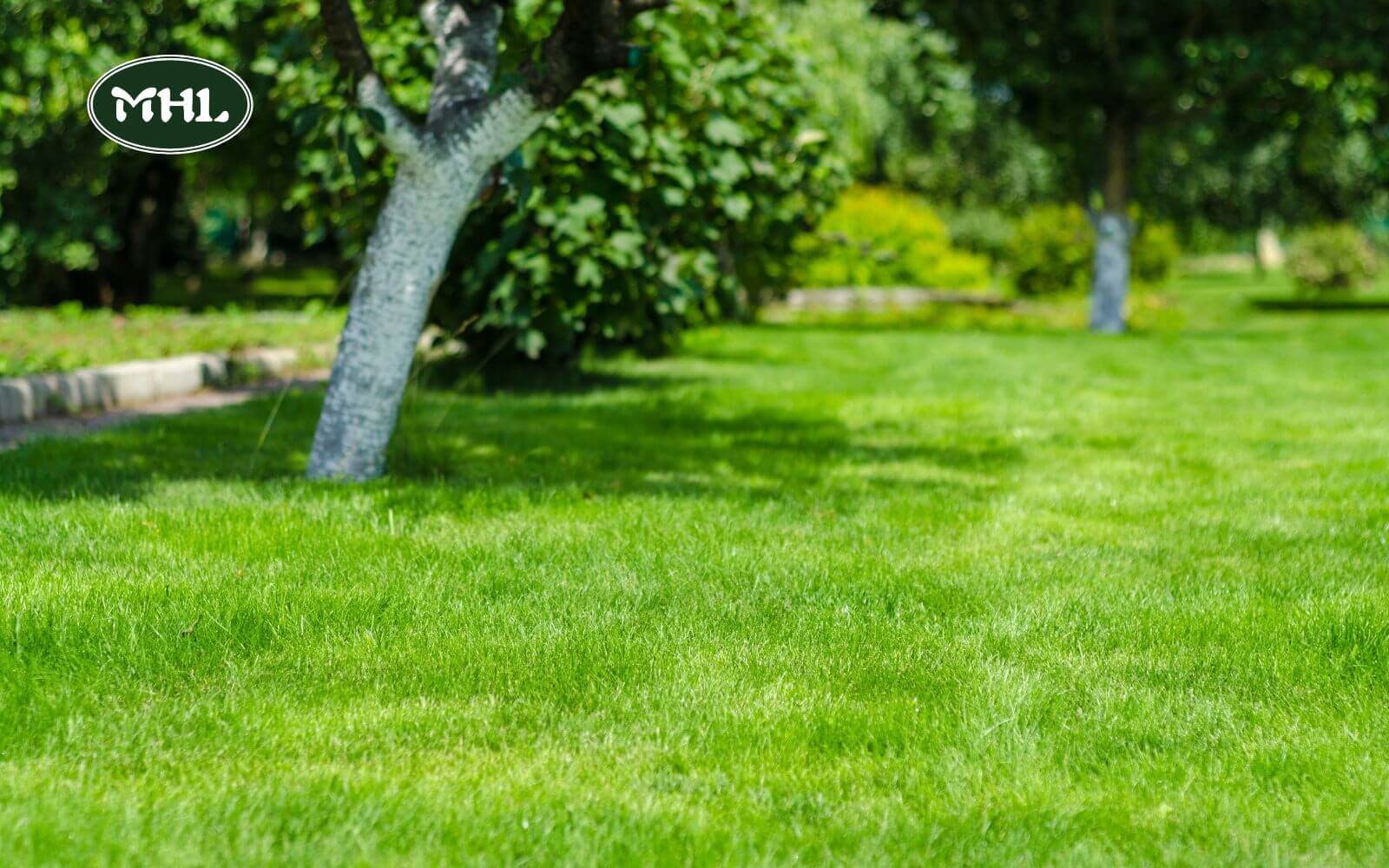
4 reasons why you should have lawn installation
Lawn installation offers more than just aesthetic appeal. Maintaining a healthy, dense lawn through proper lawn installation also provides significant environmental benefits. Unlike hard surfaces like concrete, asphalt, and wood, lawn grass helps purify the air, capture carbon dioxide, reduce erosion, improve soil quality,… and benefits both you and the surrounding environment.
4 benefits of installing lawn:
- Lawns clean the air and trap CO2
- Lawns trap stormwater runoff
- Lawns improve the soil structure
- Lawns cool the air and may save you money

Lawns clean the air and trap CO2
Lawn installation is beneficial because, like all living plants, grass absorbs carbon dioxide and releases oxygen, which is essential for human life. Trapping carbon dioxide is crucial because excess CO2 can raise air temperatures and cause environmental harm.
Grass removes carbon dioxide from the atmosphere and captures dust, improving air quality and making breathing easier. Additionally, less dust means cleaner cars, houses, and windows.
Lawns trap stormwater runoff
If any part of your yard lacks a lush lawn, you’ve likely seen soil, mulch, or gravel wash away during heavy rain, creating ruts and holes. These materials and water can clog storm drains, causing floods, and eventually pollute creeks and lakes. However, a lawn slows runoff, allowing stormwater to seep into the groundwater system.
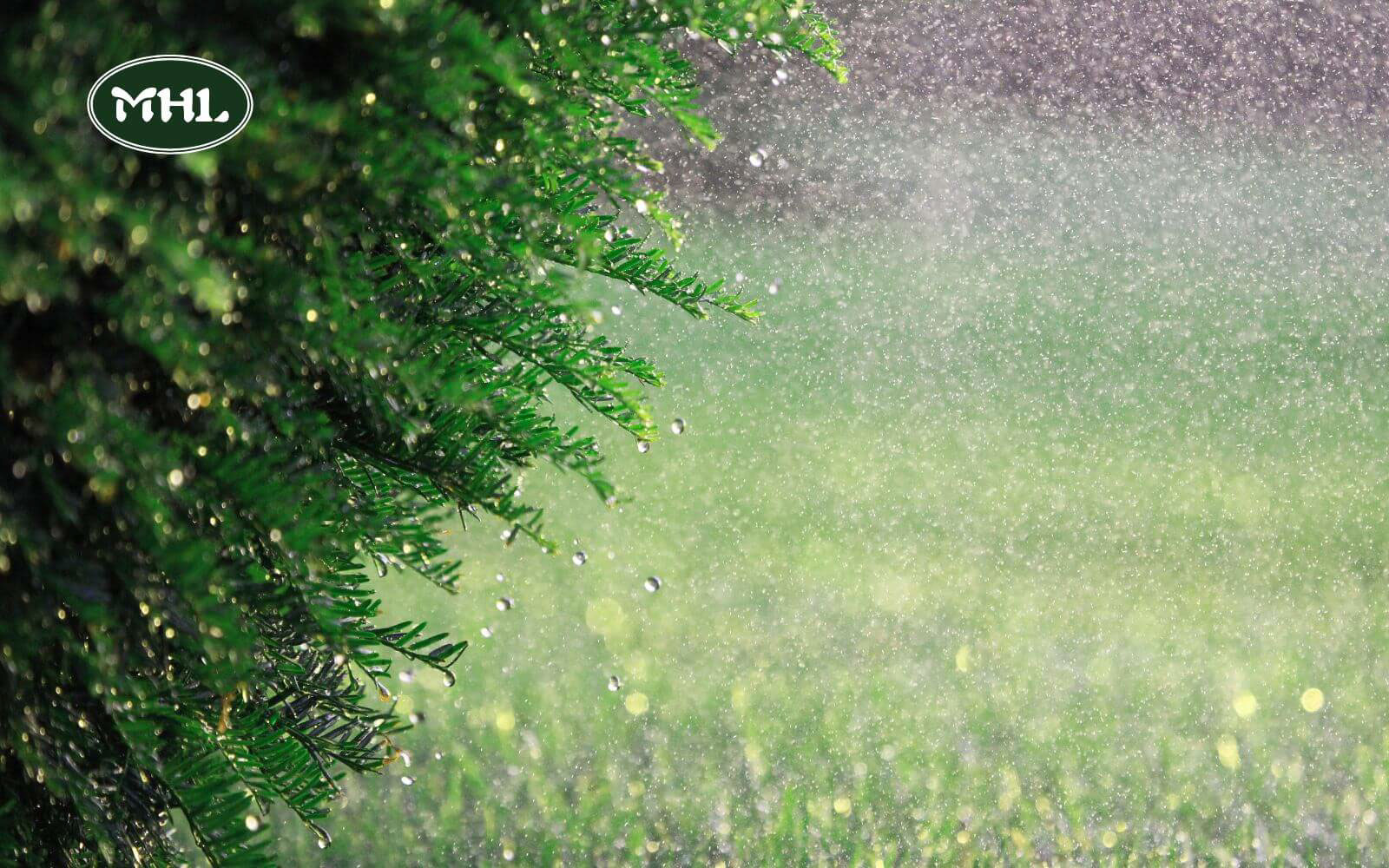
Related:
Soft spots in yard: 10 effective ways to fix and how to prevent future issues
Lawns improve the soil structure
Compacted soil, which lacks proper structure, prevents water from seeping into the ground, hindering the replenishment of groundwater resources when it rains. This can be problematic in areas that depend on rainfall for drinking water. Proper lawn installation offers the advantage of maintaining a loose, open soil structure with plenty of pores, allowing water to soak in effectively.
Lawns cool the air and may save you money
Urban areas filled with buildings and concrete are typically much warmer than nearby regions with plenty of grass and trees. Additionally, cooling a building surrounded by concrete requires more energy than one encircled by grass. A lush lawn not only helps keep your yard cooler but can also reduce your air conditioning costs.
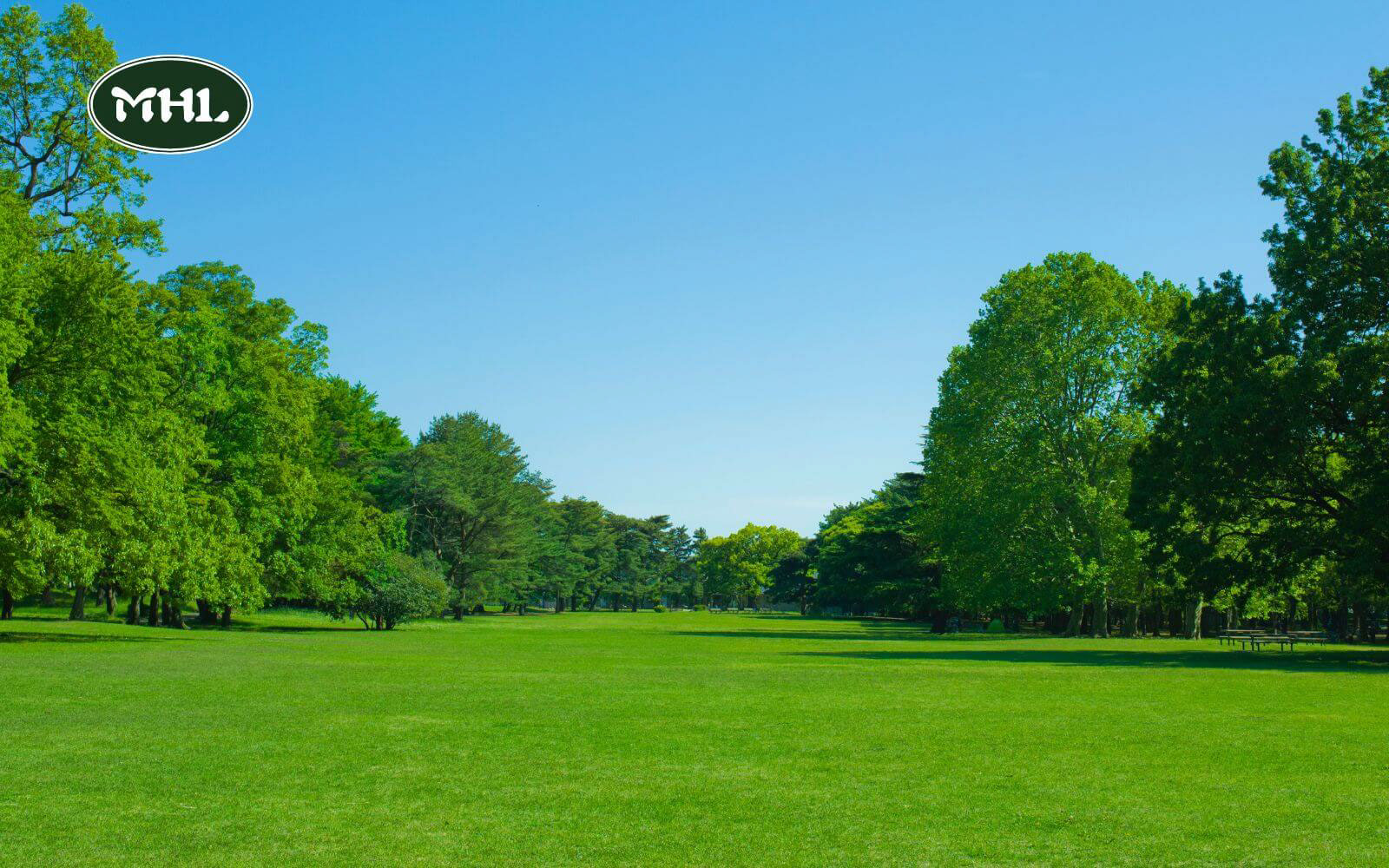
Related:
How to install lawn edging? 10 easy steps to follow
Lawn installation: 4 lawn types to consider?
There are several popular lawn installation options for achieving a lush, green yard. Rolling out sod provides an immediate green appearance while seeding or hydroseeding are cost-effective methods that allow you to select specific grass varieties. Additionally, artificial turf offers a maintenance-free alternative, especially appealing in desert regions.
4 common lawn installation options, including:
- Sod
- Seed
- Hydroseed
- Artificial turf
Sod
Sod is the most popular lawn installation choice for many people. It offers instant visual appeal, requires easier initial maintenance to establish, and has a tight root system that limits weed growth. However, sod can be more prone to disease than a seeded lawn, and its initial installation costs are higher than those of seeding.

Seed
Hand-seeding a lawn is a straightforward lawn installation option for homeowners who prefer a DIY approach. The benefit of seeding is that you can customize your seed selection according to soil type, sunlight, and anticipated foot traffic. However, the downside is that the ideal conditions for grass seed germination also favor weed seeds, leading to potential weed growth.
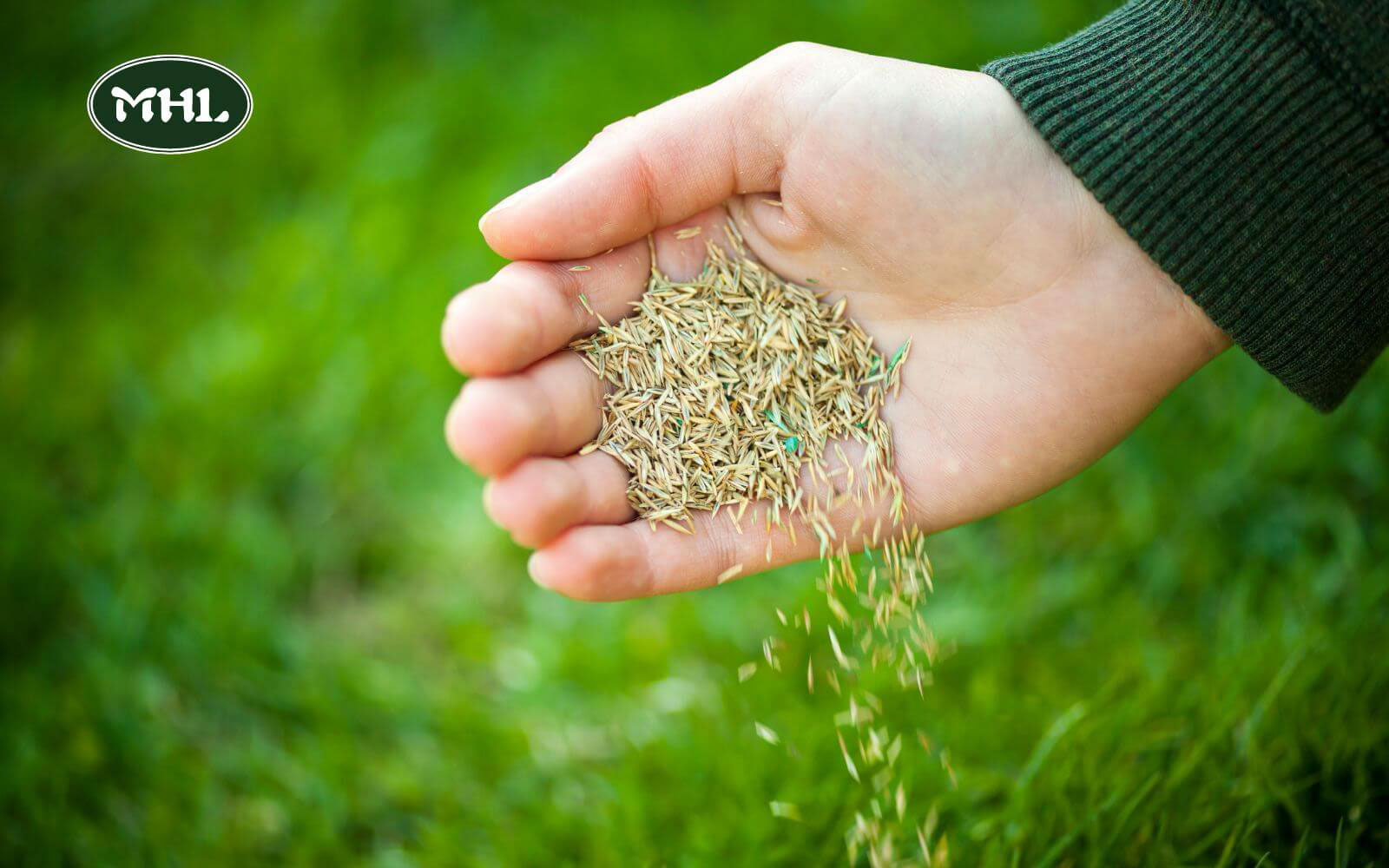
Hydroseed
Hydroseeding is an efficient and cost-effective method for quickly seeding large areas. This process involves hiring a professional or renting a hydroseeder. One advantage of hydroseeding is that the papery mulch used helps keep the seeds warm, resulting in better germination rates compared to hand-seeding.
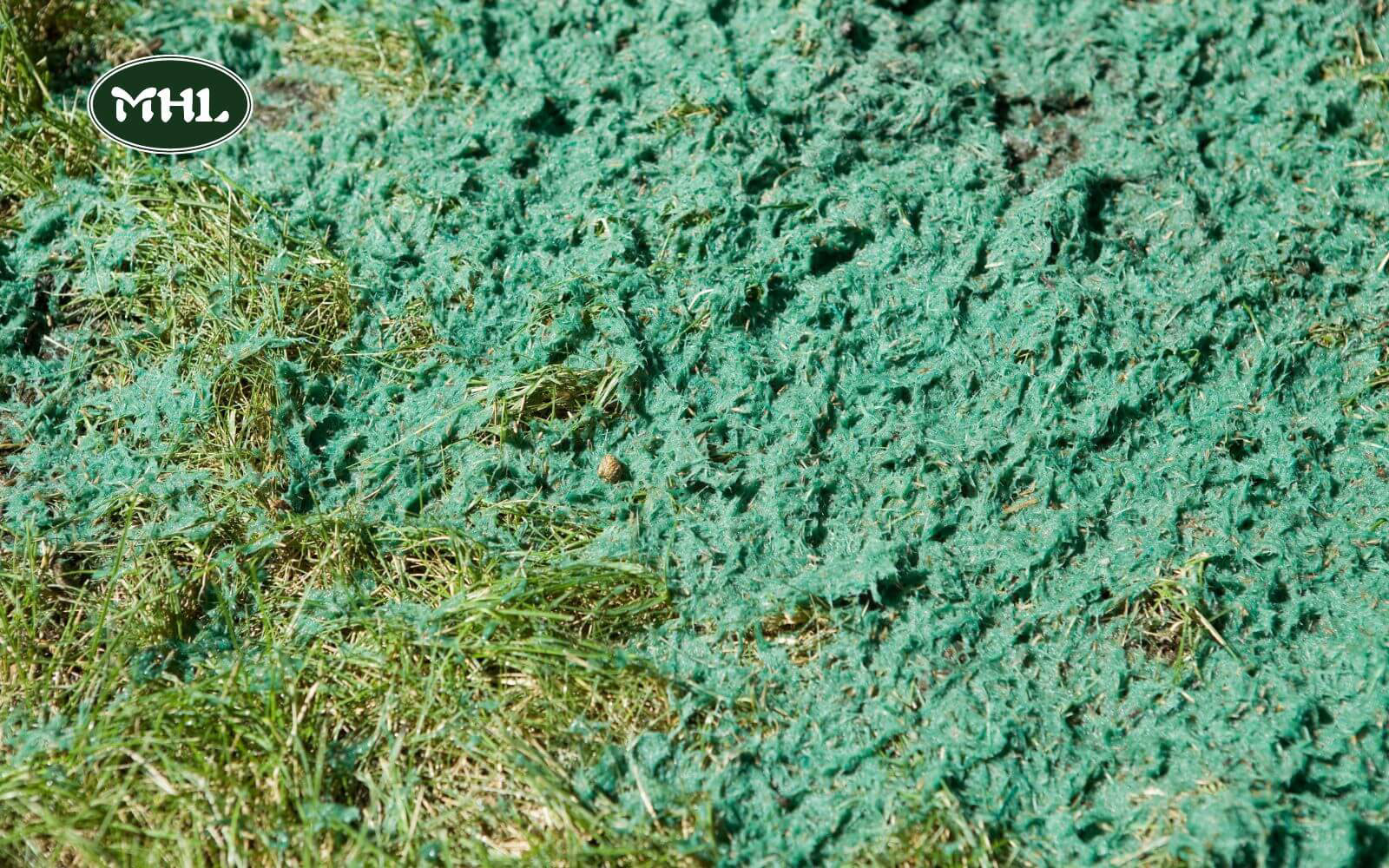
Artificial turf
Once installed, artificial turf requires no maintenance beyond removing leaves and debris, making it a popular lawn installation choice in areas with water shortages. Artificial turf is particularly well-suited for small spaces that are difficult to irrigate or mow, and for putting greens where a consistent surface is beneficial. However, it can heat up in the sun, which may not be ideal for families with pets or small children.
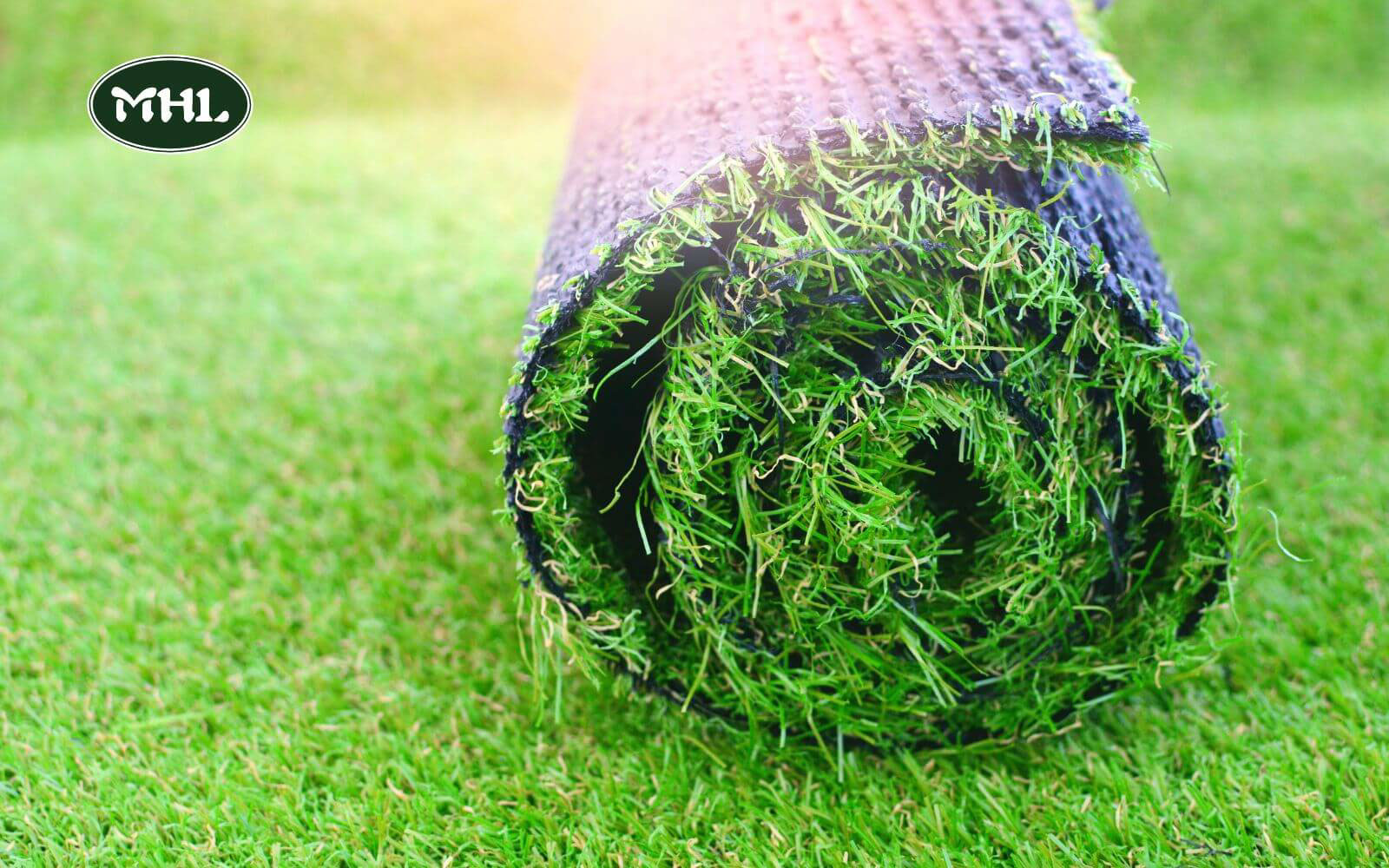
Lawn installation: Step-by-step process
While the initial stages of lawn installation are similar for seed, hydroseed, sod, and artificial turf, some aspects vary significantly. Here are the step-by-step processes to achieve excellent results for each type of lawn.
Sod installation
- Remove existing grass and debris: Remove all stones, grass, roots, and construction debris to create a smooth surface for your new lawn. Rake the soil until it is about 2 1/2 inches below the desired final grade.
- Install edging: This will help maintain the smooth surface of your soil. Edging also ensures a consistent grade across the entire lawn. You can use materials like brick, steel, concrete, or plastic for edging.
- Add topsoil and compost: This will provide extra nutrients for your new grass.
- Grading: Create a finished, smooth soil surface that will serve as the base for your lawn. The soil should be about half an inch below the desired final grade.
- Apply lime: Adding lime to adjust the soil to a more alkaline pH, which it prefers
- Install the sod roll by roll: Begin in a corner and position the first roll of turf along one edge of your lawn area. Align the next piece of sod as closely as possible to the edge of the first without overlapping. Repeat this process to lay the next row of sod.
- Water: Depending on the temperature, you may need to water your sod for up to 20 minutes, three times a day, for the first two weeks to help it get established.
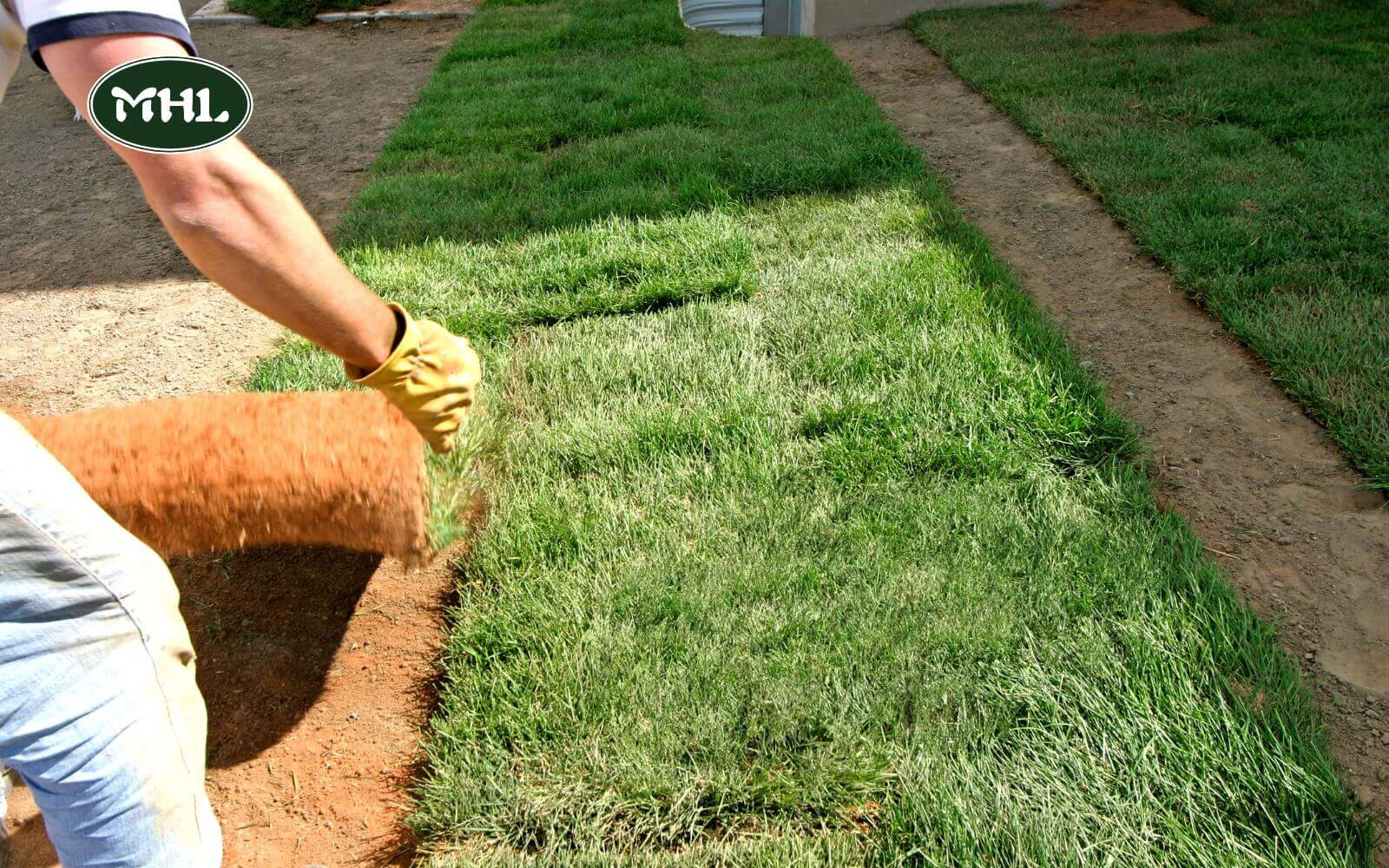
Seed installation
- Prepare for seed: To install a seeded lawn, begin by setting up irrigation, removing debris, installing edging, adding topsoil and compost, grading the area, and applying lime, just as you would for a sod lawn.
- Spread seed: Sow grass seed over small areas by scattering it by hand. For larger areas, use a drop spreader to make the job easier. Ensure you spread the seed on a calm day to prevent the wind from scattering it unevenly.
- Protect the seed: Rake the entire area to cover the seeds with a thin layer of soil, ensuring the seeds make contact with the soil. This is crucial for success because, without good contact, the seeds won’t germinate. However, be careful not to bury the seeds more than 1/8 of an inch deep.
- Water the seed: Depending on the weather conditions and soil, you may need to water for up to 20 minutes three times a day for the first two months to keep the seeds moist. If the seeds or sprouts dry out, even briefly, they will die.
- Keep off the grass: Avoid walking on your new lawn for the first two months. After the first month, you can start mowing, but it’s still best to keep children, pets, and other regular foot traffic off the lawn until it is fully established.
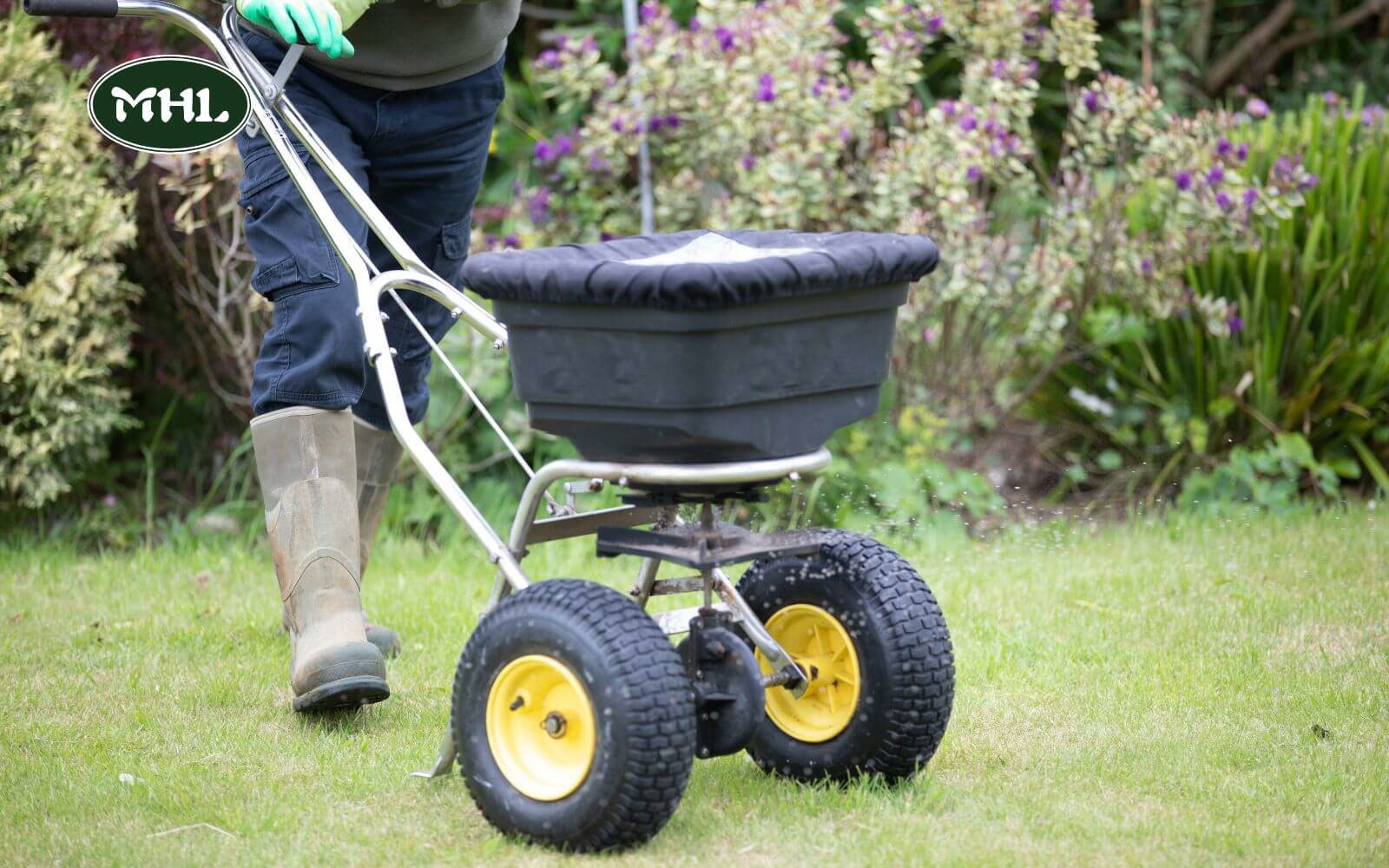
Hydroseed installation
- Prepare for seed: Start by following the same steps to prepare the planting area as you would for a seed or sod installation.
- Prepare the hydroseeder: If you’ve rented a hydroseeder, get the agitator ready for use. Add your high-quality dry seed mixture, water, fertilizer, and any other components or biostimulants you intend to apply to the soil.
- Spray the seed: Once your seed mixture is fully mixed, direct the hydroseeder’s hose and evenly spray the mixture over the soil. Be careful to avoid spraying seeds into garden beds, though some overspray is likely unavoidable. There is no need to rake or mulch a hydro-seeded lawn.
- Maintain your lawn: After completing the hydroseeding, continue watering the area two to three times daily with your sprinklers until the grass reaches a few inches in height. Once it does, you can reduce watering to once a day.
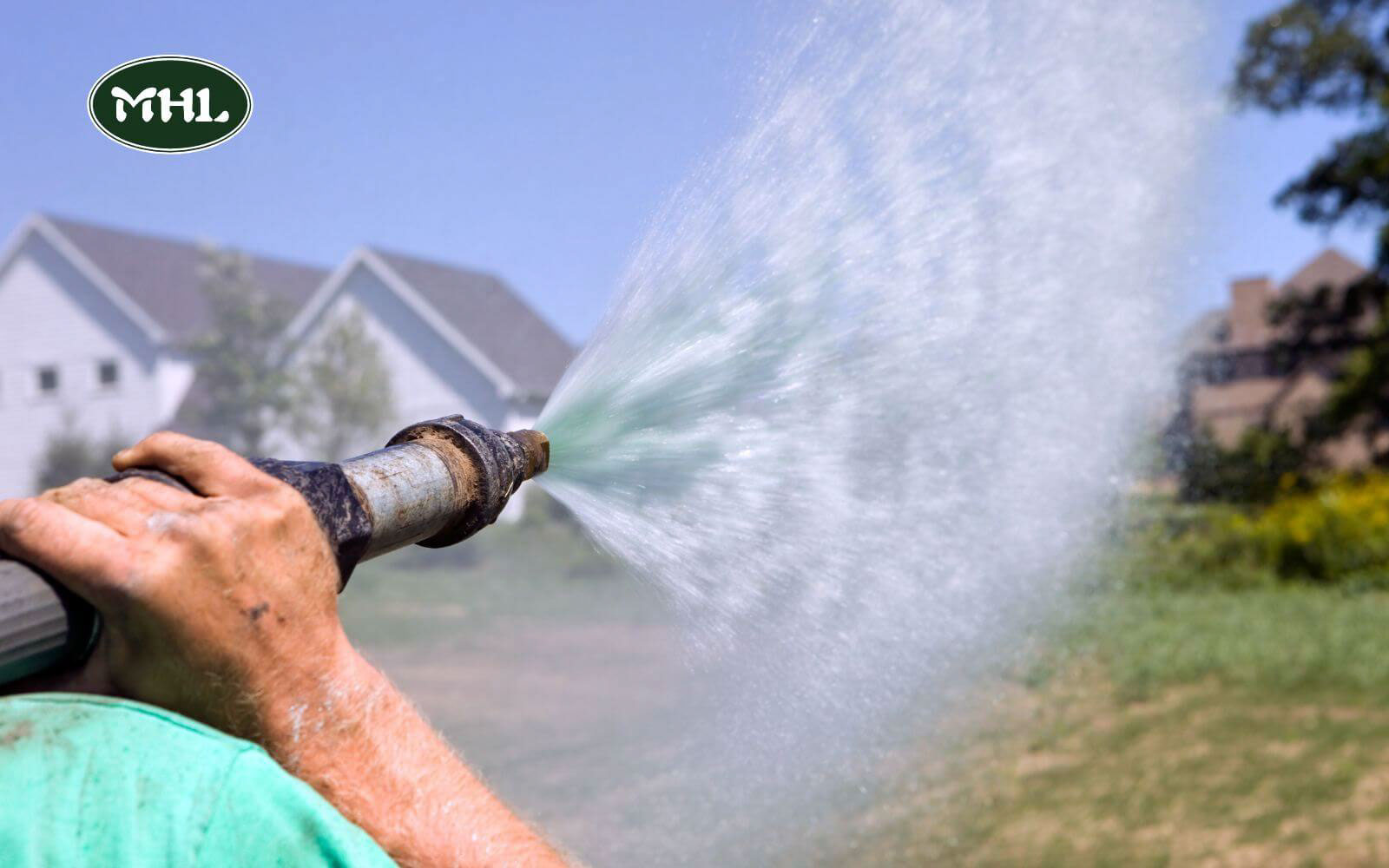
Artificial turf installation
- Remove grass: Excavate the top four inches of your existing lawn and base, and dispose of it in accordance with local regulations. Soil can accumulate rapidly, so it’s advisable to have a dump trailer available onsite.
- Fill with road base: Use a 4-inch layer of road base or crushed rock beneath your artificial turf to ensure proper drainage and a level surface. Make sure the base rock is firmly tamped down.
- Roll out artificial turf: When rolling out your beautiful new lawn, avoid dragging it across your freshly prepared base. Let the grass sit in the sun for 30-60 minutes to allow it to expand. Ensure that the blades and stitch patterns are all aligned in the same direction. Ignoring this could result in an unattractive lawn.
- Connect seams: If there are any seams in the lawn, join them using the special tape designed for this purpose. Apply the tape along the backside of the artificial turf, and ensure that the nap, or blades of the artificial grass, are aligned in the same direction as you join the seams.
- Secure turf around edges: We suggest reinforcing the seams with a few nails for added stability. Then, use a power or push broom to brush the turf, making the blades stand up straighter before adding infill. This will help the blades maintain a more vertical position.
- Add infill: Although infill isn’t required for artificial turf, some people opt to topdress their turf with rubber pellets or sand.
- Brush infill: After placing the infill, use a power or push broom to brush the turf. This will make the blades stand up straight, giving your new lawn a freshly mowed appearance. Finally, rinse the grass to eliminate any remaining dust.

How much does lawn installation cost in Denver?
Installing artificial grass in Colorado generally costs between $6 and $20 per square foot. For a 500 square-foot yard, this would amount to $3,000 to $10,000, covering both the grass and installation labor. Sod installation typically ranges from $1 to $2 per square foot in Colorado, making it $500 to $1,000 for a 500 square-foot yard. If you choose to plant grass seeds, the cost could be as low as $200.
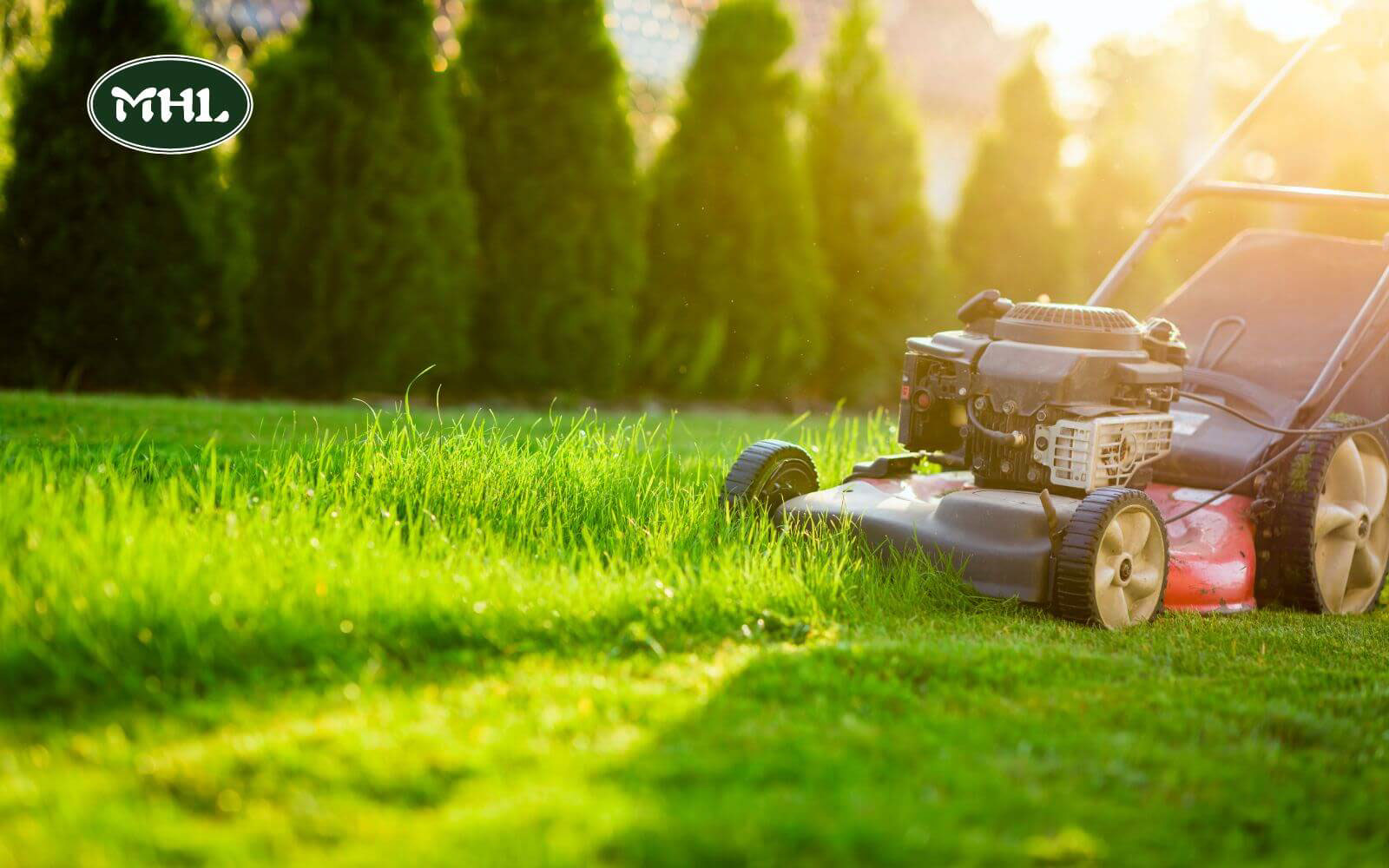
Lawn installation services at Mile High Lifescape
Mile High Lifescape offers affordable lawn installation services to create a beautiful, vibrant yard for you. Our team specializes in professionally installing lawns tailored to your needs and preferences.
Using high-quality grass seeds or sod, we prepare the soil for optimal growth, considering sun exposure, soil type, and water drainage. Our experienced team handles everything from site preparation to irrigation system installation, ensuring your lawn thrives.
Whether you’re starting a new project or revitalizing an existing lawn, Mile High Lifescape is here to help. We take pride in creating lush, green spaces that enhance your property’s beauty and value. Trust us to transform your yard with our professional lawn installation services.
Contact us:
Address: 1427 S Federal Blvd, Denver, CO 80219
Hotline: +1 (720) 301-3335
Email: [email protected]
Reference
1. The Environmental Benefits of Your Lawn. Available at: https://scotts.com/en-us/seasonal-tips/the-environmental-benefits-of-your-lawn.html
2. New Lawn Installation: How to Plant Grass. Available at: https://www.landscapingnetwork.com/lawns/installing.html
3. How to Lay Sod – One Step at a Time. Available at: https://duda-sod.com/news/how-to-lay-sod/
4. How to Plant Grass Seed in 6 Simple Steps. Available at: https://www.bhg.com/how-to-plant-grass-seed-7097100
5. Hydroseeding Your Lawn: The Complete Guide. Available at: https://todayshomeowner.com/lawn-garden/guides/hydroseeding-your-lawn/
